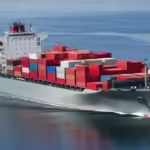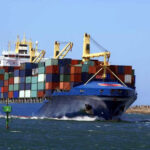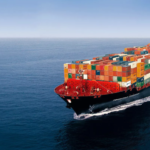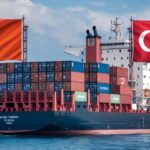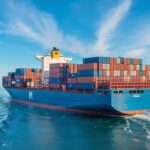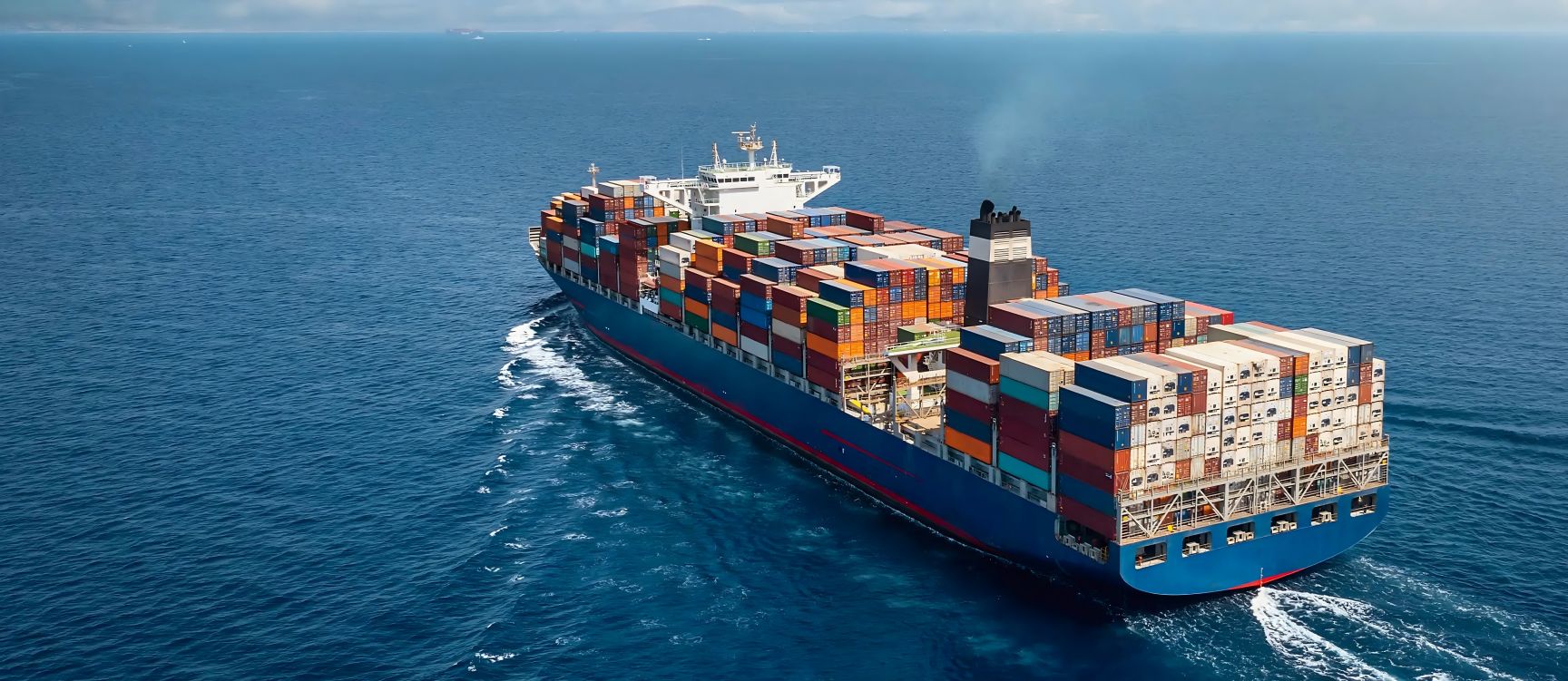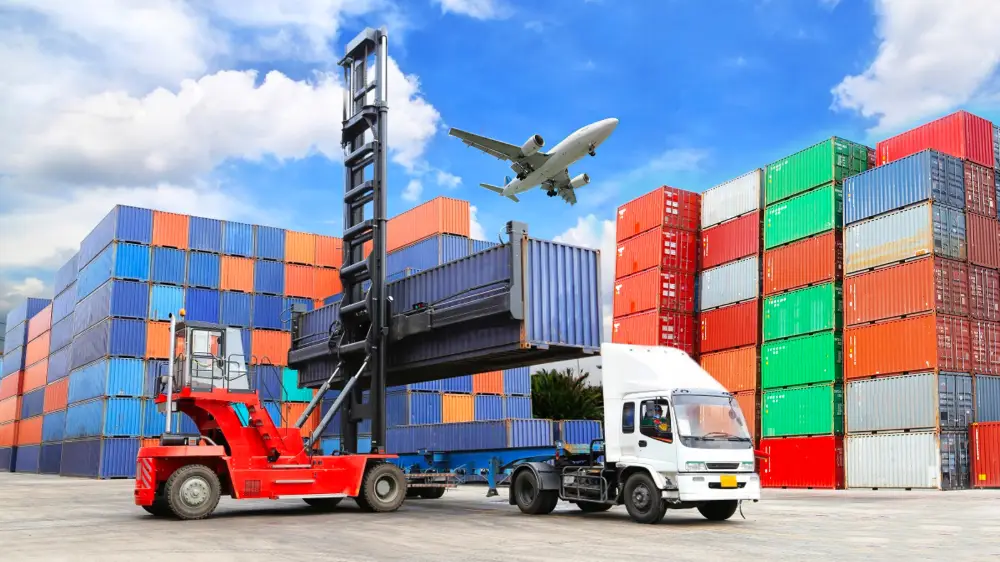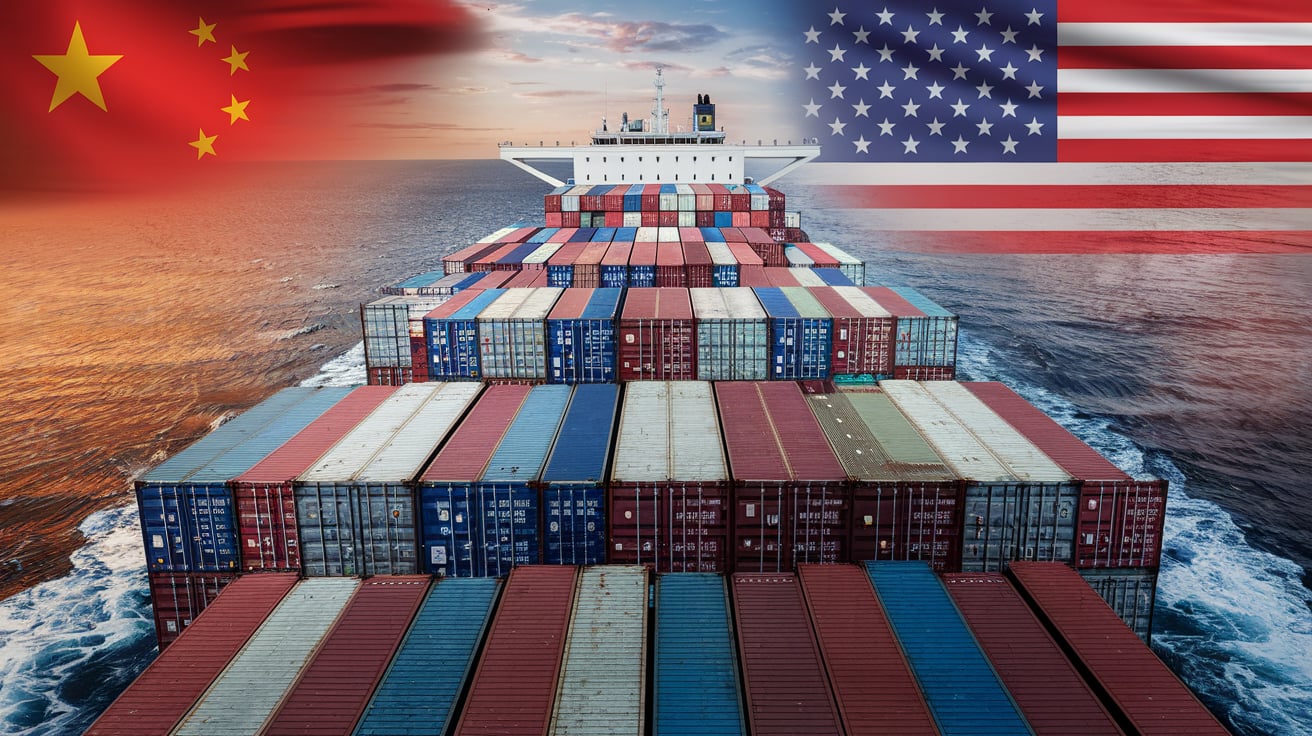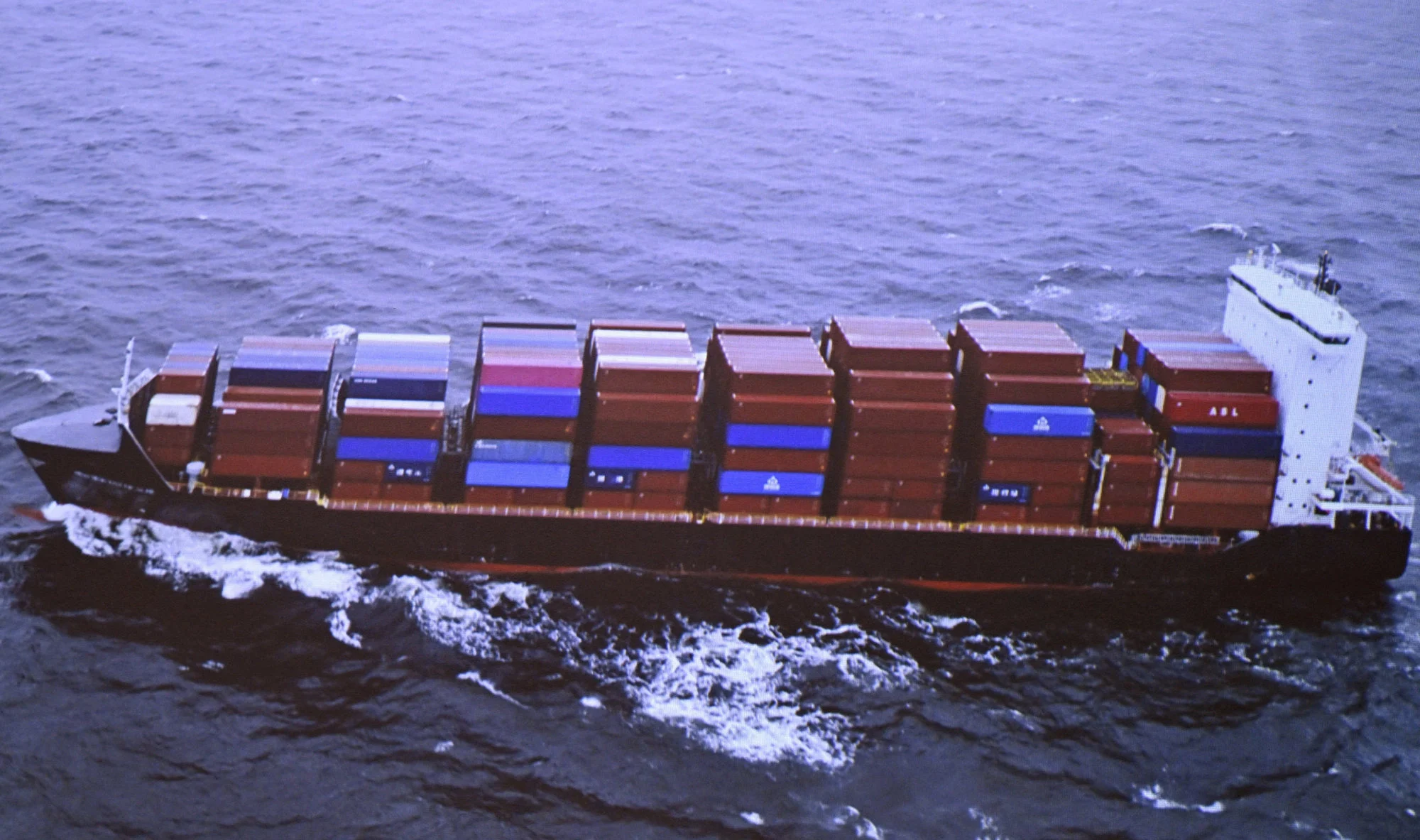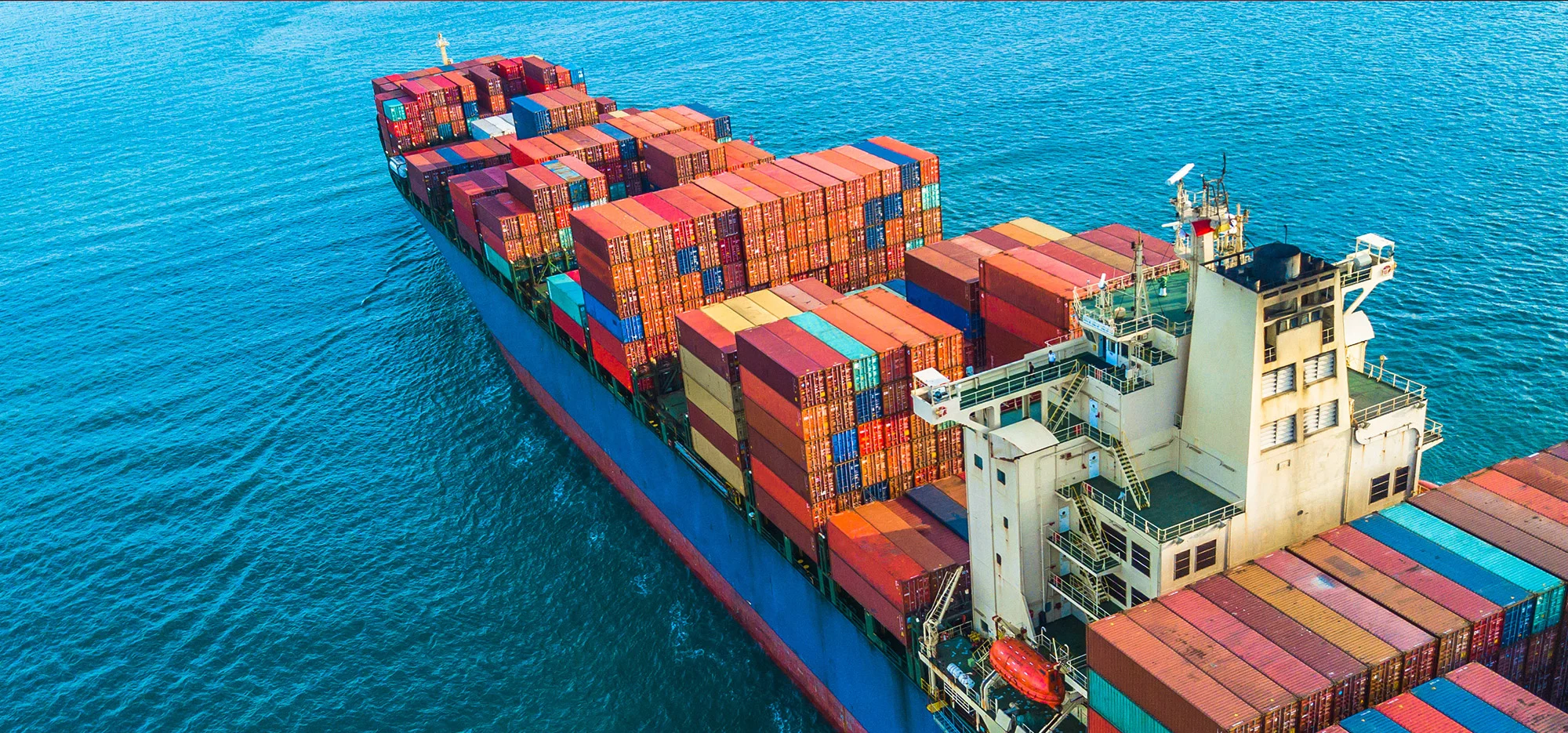In the world of international trade, sea freight serves as a crucial lifeline for businesses looking to import goods from China to Honduras. As companies seek efficient and cost-effective logistics solutions, understanding the benefits of sea freight becomes essential. Offering the capacity to handle large volumes, versatility in container options, and a more environmentally friendly shipping method, sea freight is not only economical but also reliable. This guide explores the advantages, processes, and emerging trends in sea freight, providing insights that can help businesses enhance their supply chain strategies and make informed shipping decisions. Whether you’re a manufacturer, retailer, or e-commerce business, recognizing the value of sea freight can significantly impact your bottom line and operational efficiency.
Related Article: Shipping From China to Honduras
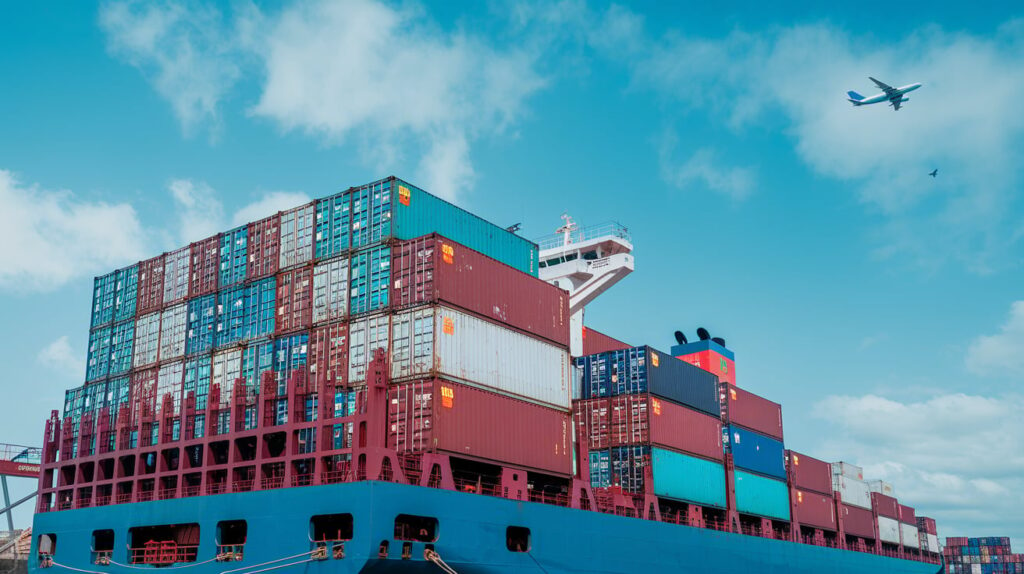
Understanding Sea Freight: A Comprehensive Overview
Sea freight refers to the transportation of goods by ship over oceans and seas. This mode of shipping is essential for handling large volumes of cargo, including raw materials, manufactured goods, and oversized items. It involves the use of container ships, bulk carriers, and cargo vessels to ensure that products are transported safely and efficiently.
Key characteristics of sea freight include:
- Capacity: Sea freight can accommodate a vast range of goods, from standard-sized containers to bulk shipments.
- Cost-effectiveness: Compared to air freight, sea freight generally offers lower shipping rates, making it a preferred choice for businesses seeking to minimize logistics costs.
- Transit time: Though slower than air freight, sea freight provides reliable shipping schedules, allowing businesses to plan their inventory needs effectively.
The Importance of Sea Freight in Global Trade
As one of the most widely used modes of transportation for global trade, sea freight plays a crucial role in facilitating international commerce. Its importance can be illustrated through the following points:
| Aspect | Description |
|---|---|
| Cost Efficiency | Sea freight is often more economical for transporting large volumes of goods, reducing overall shipping costs. |
| Environmental Impact | Shipping by sea has a smaller carbon footprint per ton/mile compared to other transportation modes, promoting sustainability. |
| Global Reach | Sea freight connects countries across continents, enabling trade between regions that may be logistically challenging. |
| Security | Cargo transported by sea is typically secured in containers, reducing the risk of damage or theft during transit. |
| Flexibility | Various types of vessels can accommodate diverse cargo types, allowing businesses to choose the best shipping method for their needs. |
In the context of importing goods from China to Honduras, sea freight offers several unique advantages that can enhance the overall efficiency and profitability of international trade. Businesses can take advantage of the extensive shipping routes established between these two regions, ensuring that products arrive safely and on time.
For companies considering sea freight as their primary shipping method, partnering with a reliable logistics provider such as Dantful International Logistics can simplify the process. Dantful offers a comprehensive suite of services, including customs clearance, warehouse services, and insurance services, ensuring a seamless shipping experience from door to door.
READ MORE:
- Shipping From China to the United States
- Shipping From China TO Canada
- Shipping From China TO Mexico
- Shipping From China to Panama
- Shipping From China to Costa Rica
- Shipping From China to Brazil
- Shipping From China TO Colombia
- Shipping From China to Jamaica
- Shipping From China to Venezuela
Advantages of Sea Freight from China to Honduras
Cost-Effective
One of the most significant advantages of sea freight is its cost-effectiveness for shipping large volumes of goods. Compared to air freight, which can be considerably more expensive, sea freight provides a lower cost per ton. This is particularly important for businesses importing products in bulk, such as machinery, textiles, or consumer goods from China to Honduras. By opting for sea freight, companies can allocate their financial resources more efficiently, maximizing their profit margins while minimizing shipping expenses.
Accommodates Large Shipments
Sea freight is particularly well-suited for handling large shipments. Container ships can transport a vast amount of cargo at once, making it an ideal choice for businesses that need to import substantial quantities of goods. This capability is essential for manufacturers and retailers who rely on importing raw materials or finished products in bulk. The ability to ship large quantities not only reduces the per-unit shipping cost but also ensures that businesses can maintain adequate inventory levels to meet customer demand.
Versatile Container Options
A key feature of sea freight is the availability of various container types to accommodate different kinds of cargo. Standard shipping containers come in multiple sizes (20-foot and 40-foot containers being the most common), offering flexibility based on shipment volume. Additionally, specialized containers are available for specific needs, including refrigerated containers for perishable goods, open-top containers for oversized items, and flat-rack containers for heavy or bulky cargo. This versatility ensures that businesses can choose the most appropriate container type to protect their products during transit.
Reliable Transit Times
While sea freight is generally slower than air freight, it still offers reliable transit times. Shipping schedules are often predictable, with established routes and regular departures from major ports. For businesses that plan their inventory and supply chain effectively, these reliable transit times can facilitate better forecasting and allow for smoother operations. Moreover, sea freight can be a more dependable option for long-distance shipments, as it is less prone to delays caused by air traffic or weather conditions.
Environmentally Friendly
As sustainability becomes a growing concern for businesses, sea freight stands out as an environmentally friendly shipping option. Shipping cargo by sea has a lower carbon footprint per ton/mile compared to other transportation methods. This reduced environmental impact is due to the fuel efficiency of container ships, which can move vast quantities of goods while consuming less energy. For companies looking to enhance their sustainability credentials, choosing sea freight for imports from China to Honduras can be an important consideration.
Reduced Risk of Damage
Goods transported via sea freight are typically secured in containers, significantly reducing the risk of damage during transit. Containers are designed to withstand harsh marine conditions, offering robust protection against environmental elements such as water, wind, and temperature fluctuations. This level of protection is especially beneficial for sensitive or high-value cargo, as it minimizes the likelihood of loss or damage. By utilizing sea freight, businesses can safeguard their investments and ensure that products arrive in optimal condition.
The Process of Shipping via Sea Freight
Step-by-Step Guide to Sea Freight Shipping
-
Initial Consultation: The shipping process begins with a consultation between the importer and the freight forwarder, where shipping needs and requirements are discussed. This includes cargo type, volume, and destination.
-
Quotation: After assessing the shipment details, the freight forwarder provides a quote that outlines shipping costs, transit times, and any additional fees or charges.
-
Booking: Upon agreement of terms and costs, the freight forwarder books space on a suitable vessel for the shipment. This includes selecting the appropriate container type based on the cargo.
-
Documentation: The necessary shipping documentation is prepared, including the bill of lading, commercial invoice, and any required customs paperwork. Proper documentation is critical to ensure smooth customs clearance.
-
Cargo Packing and Loading: The importer is responsible for packing the cargo securely for transport. The freight forwarder coordinates the loading of goods onto the vessel at the port of departure.
-
Transit: The vessel departs for the destination port. During this period, the freight forwarder monitors the shipment’s status and provides updates to the importer.
-
Arrival and Customs Clearance: Upon arrival at the destination port, the shipment undergoes customs clearance. The freight forwarder assists with this process, ensuring that all regulations and duties are met.
-
Delivery: After customs clearance, the freight forwarder arranges for the final delivery of the goods to the specified location in Honduras.
Choosing the Right Freight Forwarder
Selecting the right freight forwarder is crucial for successful sea freight shipping. A professional and experienced freight forwarder will offer a range of services that can simplify the shipping process. Key factors to consider when choosing a freight forwarder include:
-
Experience and Reputation: Look for a forwarder with a proven track record in handling sea freight shipments, particularly from China to Honduras. Check reviews and testimonials from other clients.
Service Offering: Ensure the forwarder provides comprehensive services, including customs clearance, insurance services, and warehouse services. A one-stop logistics provider like Dantful International Logistics can streamline the entire process for you.
-
Communication and Support: A responsive freight forwarder will keep you informed at every stage of the shipping process. Clear communication is essential for addressing any issues that may arise.
-
Pricing Structure: While cost is a significant factor, consider the overall value offered by the freight forwarder. Balance service quality with pricing to ensure you receive the best possible service.
Choosing a reliable freight forwarder is integral to ensuring that your sea freight shipments from China to Honduras are handled efficiently, securely, and in compliance with all necessary regulations.
Sea Freight Costs from China to Honduras
Understanding the cost structure of sea freight from China to Honduras is essential for businesses looking to manage their shipping expenses effectively. The pricing for sea freight can vary significantly based on several factors, including the type of cargo, shipping route, and additional services required. Below is a comprehensive breakdown of the components that contribute to sea freight costs.
Factors Influencing Sea Freight Costs
| Cost Component | Description |
|---|---|
| Base Freight Rate | The primary charge for transporting goods via sea, typically determined by container size (e.g., 20-foot vs. 40-foot). |
| Additional Charges | May include port fees, fuel surcharges, and security fees, which can vary by shipping line and port. |
| Insurance Costs | Optional but recommended, insurance protects against loss or damage during transit. Costs depend on cargo value. |
| Customs Duties and Taxes | Import duties levied by the Honduran government, based on the declared value of the goods. |
| Cargo Handling Fees | Charges for loading and unloading cargo at ports, which may vary based on the nature of the goods. |
| Documentation Fees | Costs associated with preparing shipping documents, such as bills of lading and customs paperwork. |
| Additional Services | Optional services like warehousing, packaging, and inland transportation, which can increase overall costs. |
Example Cost Breakdown
To illustrate how these factors contribute to overall shipping costs, the following table provides a hypothetical example of sea freight costs for a 40-foot container shipped from China to Honduras:
| Cost Component | Estimated Cost (USD) |
|---|---|
| Base Freight Rate | $1,200 |
| Additional Charges | $300 |
| Insurance Costs | $150 |
| Customs Duties and Taxes | $200 |
| Cargo Handling Fees | $100 |
| Documentation Fees | $50 |
| Additional Services | $200 |
| Total Estimated Cost | $2,300 |
These figures are indicative and can vary based on specific shipping circumstances. Engaging with a knowledgeable freight forwarder, such as Dantful International Logistics, can help provide accurate quotes tailored to your specific shipping needs and ensure that all cost factors are considered.
Sea Freight Transit Times from China to Honduras
The transit time for sea freight from China to Honduras is influenced by several elements, including the shipping route, the port of departure in China, the destination port in Honduras, and the type of vessel used. Understanding these factors can help businesses plan their logistics effectively and manage inventory levels.
Typical Transit Times
On average, sea freight from major Chinese ports to Honduras can take anywhere from 20 to 40 days. The following table outlines approximate transit times for some key ports in China to the primary port in Honduras, Puerto Cortes:
| Port of Departure (China) | Estimated Transit Time (Days) |
|---|---|
| Shanghai | 25-30 |
| Shenzhen | 20-25 |
| Ningbo | 30-35 |
| Guangzhou | 25-30 |
| Qingdao | 30-40 |
Factors Affecting Transit Times
-
Shipping Routes: The chosen maritime route can significantly impact transit times. Some routes may have more direct paths, while others might involve transshipment, adding to the overall duration.
-
Vessel Type: The type of vessel utilized for shipping can also influence speed. Larger container ships may operate on fixed schedules, while smaller vessels may have less predictable transit times.
-
Port Efficiency: The efficiency of loading and unloading operations at the ports involved can affect overall transit times. Ports with advanced facilities may facilitate quicker turnaround times, while congestion can lead to delays.
-
Weather Conditions: Adverse weather conditions, such as storms or typhoons, can impact shipping schedules and may lead to unexpected delays.
-
Customs Clearance: The duration of customs processing upon arrival in Honduras can affect overall delivery times. A reliable freight forwarder can assist in streamlining customs clearance to minimize delays.
By leveraging the services of a professional logistics provider like Dantful International Logistics, businesses can ensure that their shipments are managed efficiently, helping to mitigate potential delays and optimize transit times. Dantful’s expertise in navigating the complexities of international shipping allows for timely delivery and enhanced supply chain management.
Challenges and Solutions in Sea Freight Logistics
While sea freight offers numerous advantages for businesses importing goods from China to Honduras, it is not without its challenges. Understanding these challenges and implementing effective solutions can enhance the reliability and efficiency of sea freight logistics.
Common Challenges in Sea Freight Logistics
| Challenge | Description |
|---|---|
| Port Congestion | High volume of shipments can lead to delays in loading and unloading, extending overall transit times. |
| Customs Delays | Inefficient customs procedures or incomplete documentation can hinder the timely clearance of goods. |
| Weather Disruptions | Adverse weather conditions can significantly impact shipping schedules and lead to delays. |
| Rising Shipping Costs | Fluctuations in fuel prices and increased port fees can raise overall shipping expenses, affecting budgets. |
| Regulatory Compliance | Different countries have varying regulations regarding imports, which can complicate shipping processes. |
| Security Risks | The risk of cargo theft or damage can affect the integrity of shipments, posing a challenge for importers. |
Solutions to Overcome Challenges
-
Effective Planning and Coordination: Collaborating with an experienced freight forwarder can help anticipate potential delays due to port congestion or customs issues. Engaging in detailed logistical planning ensures that all documentation is complete and accurate, facilitating smoother operations.
-
Utilizing Technology: Implementing advanced tracking and management systems can enhance visibility throughout the shipping process. Real-time tracking allows businesses to monitor the shipment’s progress and respond promptly to any unexpected delays.
-
Contingency Planning: Businesses should develop contingency plans that account for potential risks such as weather disruptions. Having alternative shipping routes or modes of transport can mitigate the impact of unforeseen events.
-
Regular Communication: Establishing clear lines of communication with all stakeholders—including suppliers, freight forwarders, and customs officials—ensures that any issues can be addressed promptly and efficiently.
-
Insurance and Risk Management: Investing in comprehensive cargo insurance can provide protection against theft, damage, or loss. Understanding the terms and conditions of insurance policies helps businesses manage risk effectively.
-
Training and Awareness: Ensuring that teams involved in logistics are well-trained and knowledgeable about the latest regulations and compliance requirements can reduce the likelihood of errors that can lead to delays.
Future Trends in Sea Freight from China to Honduras
The landscape of sea freight logistics is continuously evolving, influenced by advancements in technology, shifting economic patterns, and changing consumer demands. Businesses can benefit from understanding these future trends to enhance their strategic planning.
The Impact of Technology on Sea Freight Efficiency
Technology is transforming sea freight logistics, enabling more efficient operations and improved decision-making. Key technological advancements include:
-
Automation: The use of automated systems in ports can speed up cargo handling processes, reducing turnaround times and minimizing human error. Automated cranes and vehicles enhance efficiency in loading and unloading operations.
-
Blockchain Technology: Implementing blockchain for documentation and tracking can enhance transparency and security in the shipping process. This technology allows for real-time updates and reduces the risk of fraud or discrepancies in data.
-
Internet of Things (IoT): IoT devices enable real-time monitoring of cargo conditions, such as temperature and humidity, providing valuable insights for managing sensitive goods. This capability ensures that products are transported under optimal conditions.
-
Big Data Analytics: Utilizing big data allows for better forecasting and demand planning. By analyzing historical shipping data and market trends, businesses can make informed decisions and optimize their supply chain strategies.
-
Sustainability Initiatives: As environmental concerns rise, the shipping industry is investing in green technologies, such as cleaner fuels and energy-efficient vessels. Companies focusing on sustainability can enhance their brand reputation and meet regulatory requirements.
Predictions for Sea Freight Growth
The future of sea freight from China to Honduras appears promising, with several factors anticipated to drive growth in this sector:
-
Increased Trade Relations: As trade agreements between China and Honduras strengthen, the volume of goods shipped via sea freight is expected to rise. Growing demand for Chinese products in Honduras will lead to more frequent shipments.
-
E-commerce Expansion: The booming e-commerce sector is driving the need for efficient logistics solutions. As more businesses engage in cross-border e-commerce, the demand for reliable sea freight services will grow.
-
Infrastructure Development: Investments in port infrastructure in Honduras will facilitate smoother operations, attracting more shipping lines and increasing cargo capacity. Enhanced facilities will improve service quality and reduce congestion.
-
Emerging Markets: The continued growth of the Honduran economy and increasing consumer demand will further fuel the need for imports, expanding opportunities for sea freight logistics.
-
Global Supply Chain Resilience: Following disruptions caused by events like the COVID-19 pandemic, businesses are increasingly focusing on supply chain resilience. This may include diversifying sourcing strategies, which could bolster sea freight demand as companies seek reliable shipping options.
By staying informed of these trends and leveraging innovative solutions, businesses can position themselves competitively within the evolving landscape of sea freight logistics from China to Honduras. Partnering with a reputable freight forwarder like Dantful International Logistics ensures that companies can navigate these changes effectively and capitalize on emerging opportunities.

Young Chiu is a seasoned logistics expert with over 15 years of experience in international freight forwarding and supply chain management. As CEO of Dantful International Logistics, Young is dedicated to providing valuable insights and practical advice to businesses navigating the complexities of global shipping.


